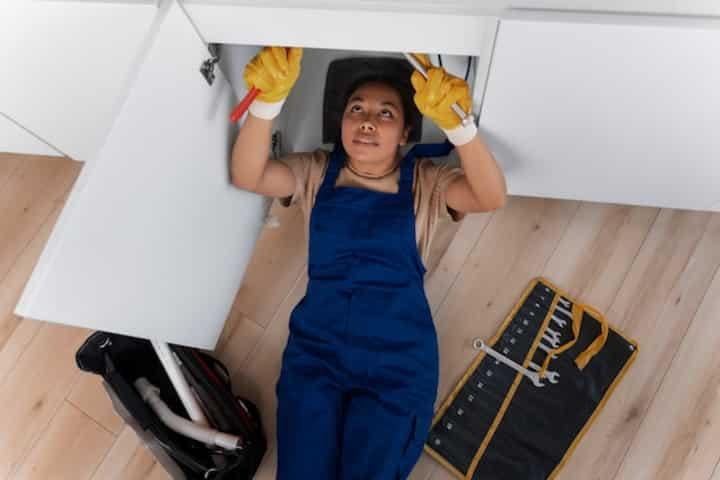
Expert French Drain Installation Services for Your Foundation
Ensuring the longevity and stability of a building's foundation can often hinge on effective water management solutions. One such solution is the installation of a French drain system. This drainage system is a critical component in preventing water accumulation around the foundation, which can lead to structural issues over time. This article provides an in-depth look at expert French drain installation services and the benefits they offer for maintaining a robust foundation.
Understanding French Drain Systems
What is a French Drain?
A French drain is a trench filled with gravel or rock containing a perforated pipe that redirects surface water and groundwater away from a specific area. This system is especially useful in managing water around building foundations, preventing moisture buildup that can compromise structural integrity.
Benefits of Installing a French Drain
- Prevents Water Accumulation: By redirecting water away from the foundation, French drains help prevent the pooling of water that can lead to basement flooding and soil erosion.
- Protects Foundation Stability: Excess water can cause soil to expand and contract, leading to foundation shifts. French drains mitigate this risk by maintaining consistent moisture levels.
- Improves Property Value: A well-maintained foundation with proper drainage systems can enhance the overall value of a property, making it an attractive prospect for potential buyers.
Key Considerations for French Drain Installation
Site Assessment
Before installation, a thorough site assessment is essential. Experts evaluate the land's topography, soil type, and existing drainage issues. This assessment informs the design and placement of the French drain to ensure optimal performance. Read more about this topic.
Design and Planning
Designing a French drain involves determining the appropriate depth, gradient, and materials. The depth and gradient must facilitate effective water flow, while the choice of gravel and pipe materials ensures durability and longevity. Learn more in this detailed guide.
Installation Process
Excavation and Setup
The installation begins with excavation along the predetermined path. This trench is then lined with a layer of gravel, followed by the placement of a perforated pipe. The pipe is crucial for redirecting water efficiently. Explore further insights here.
Backfilling and Final Inspection
After setting the pipe, the trench is backfilled with additional gravel and covered with soil. A final inspection ensures that the system is functioning correctly, with water flowing seamlessly through the designated channels. Find additional information here.
Maintenance Tips for French Drains
To maintain the efficiency of a French drain, regular inspections and maintenance are necessary. Clearing debris from the drain openings and ensuring the pipe remains unobstructed can prevent blockages and prolong the system's lifespan. Routine maintenance checks are advised, especially after heavy rainfall, to assess and address any potential issues promptly.
Conclusion
French drain systems are a vital investment for any property owner looking to protect their foundation from water-related damage. By understanding the installation process and key considerations, property owners can make informed decisions and ensure their foundations remain strong and secure. For those interested in exploring further, comprehensive resources are available to guide through the intricacies of French drain systems and their application. Learn more in this detailed guide.